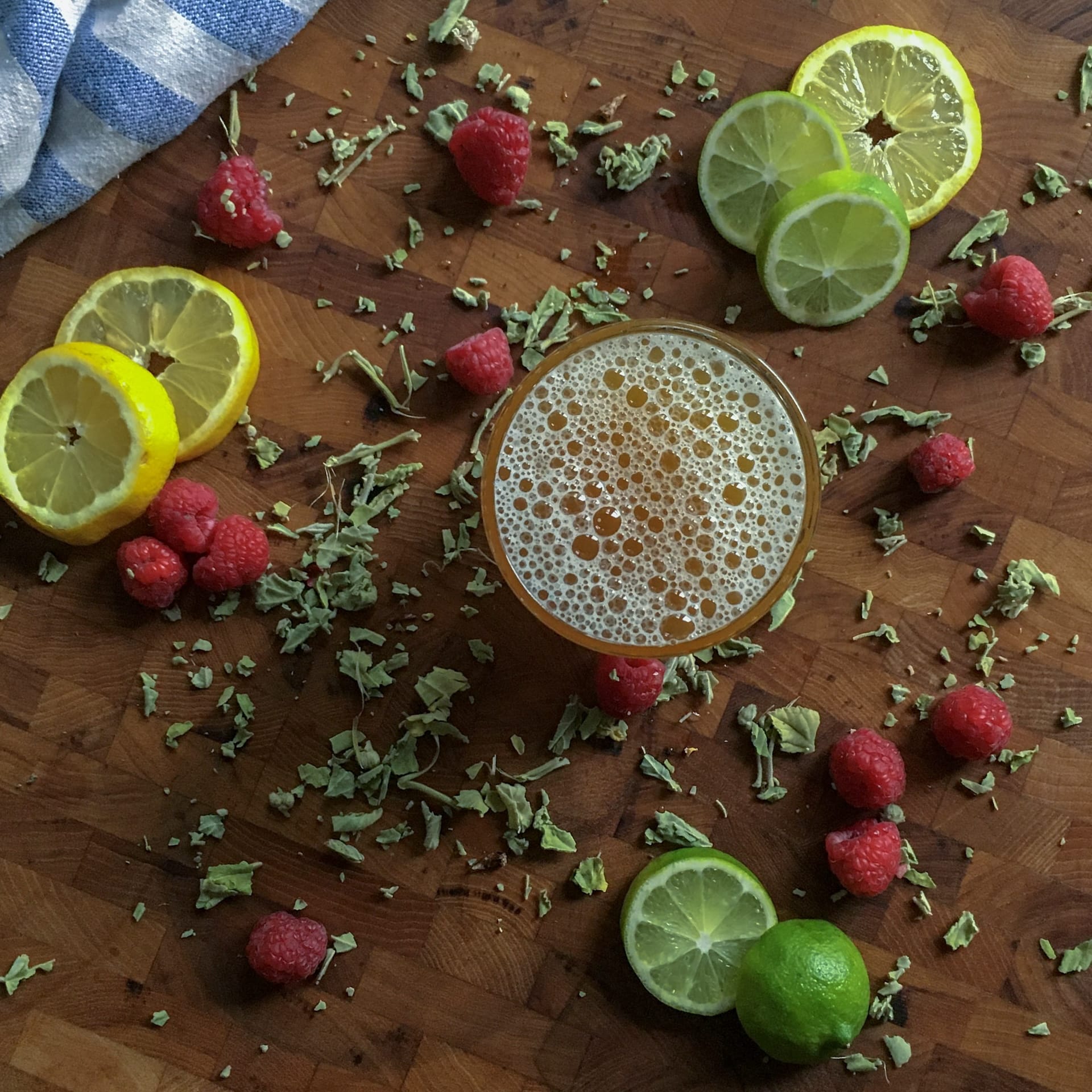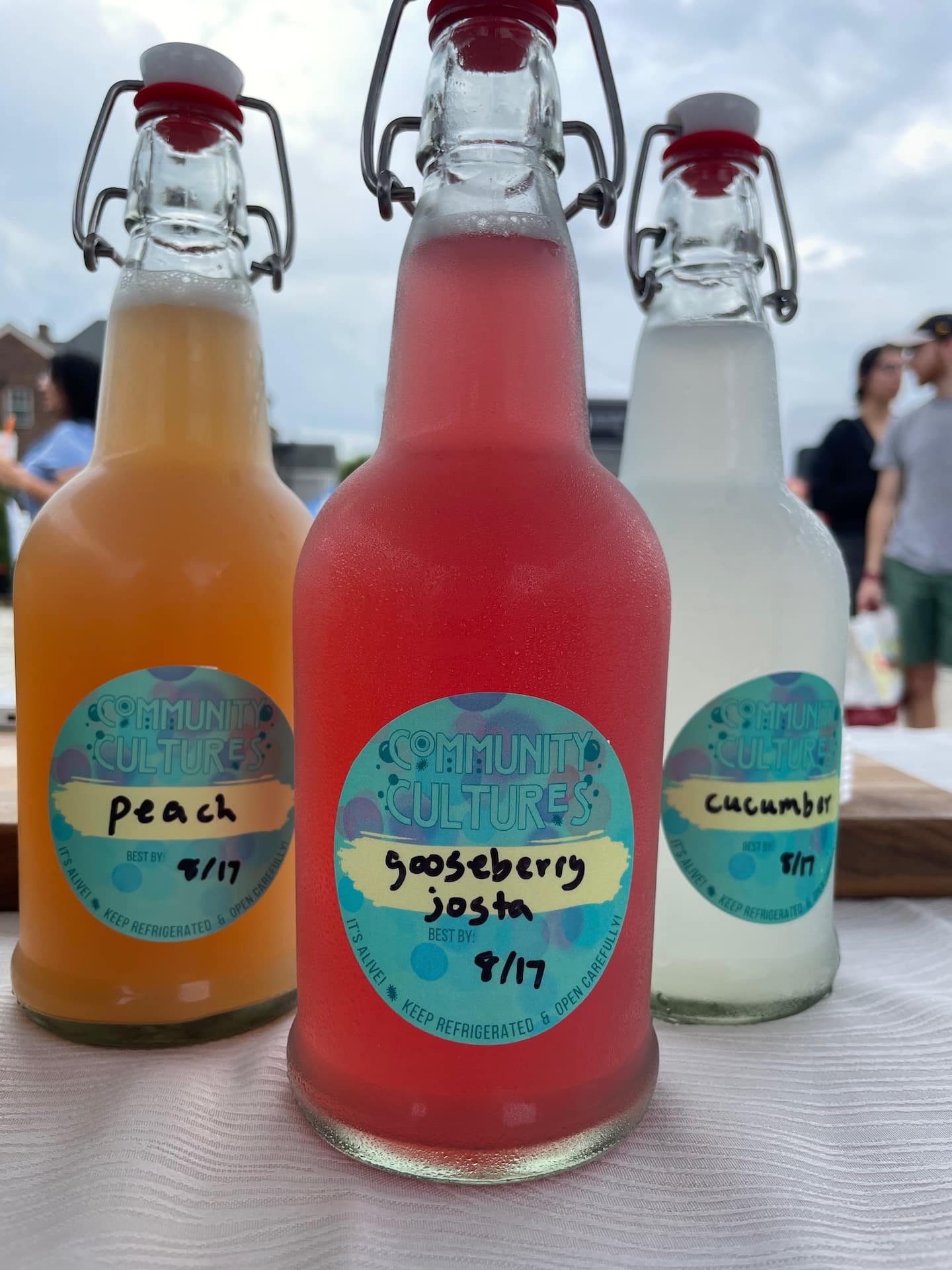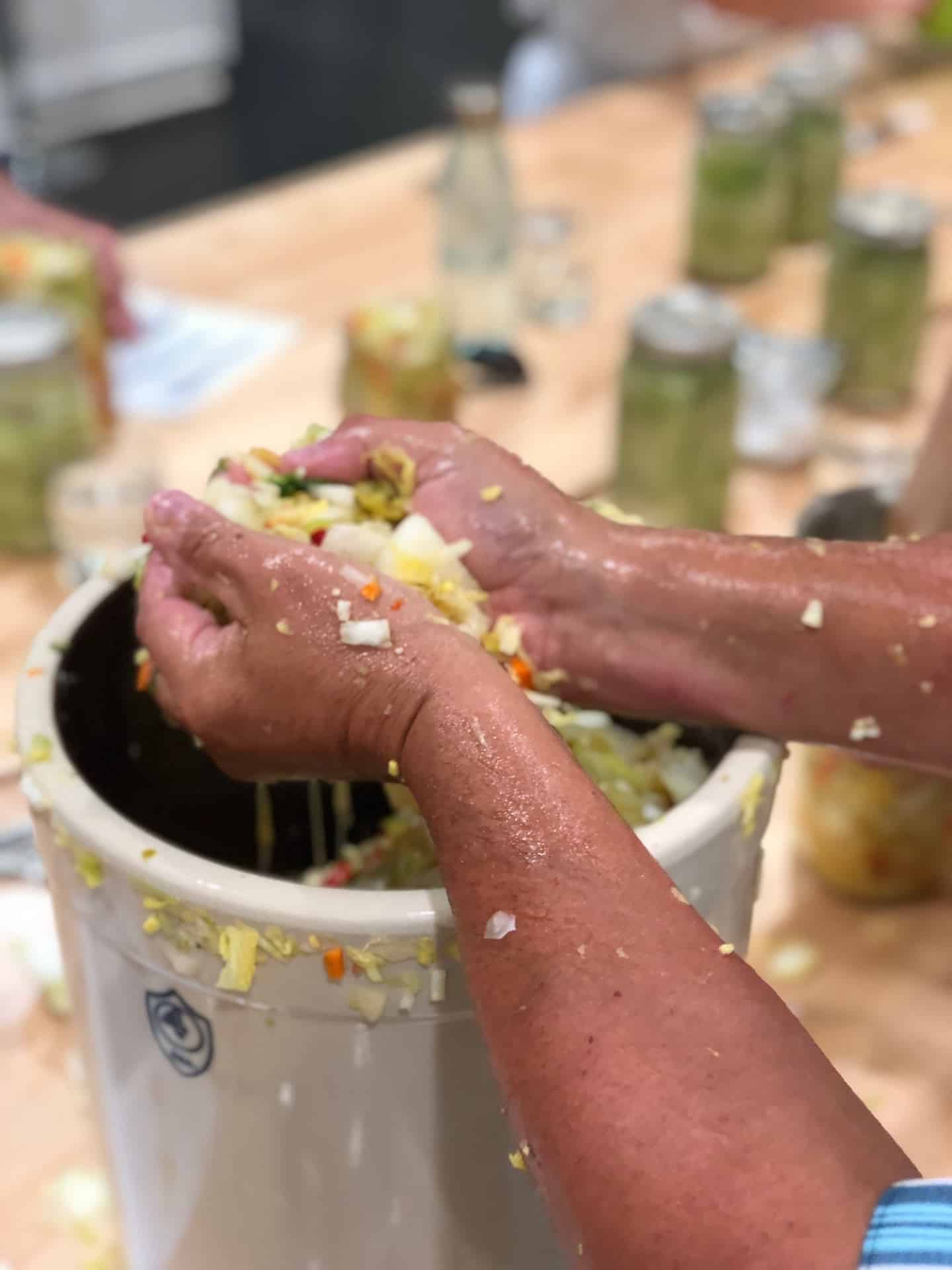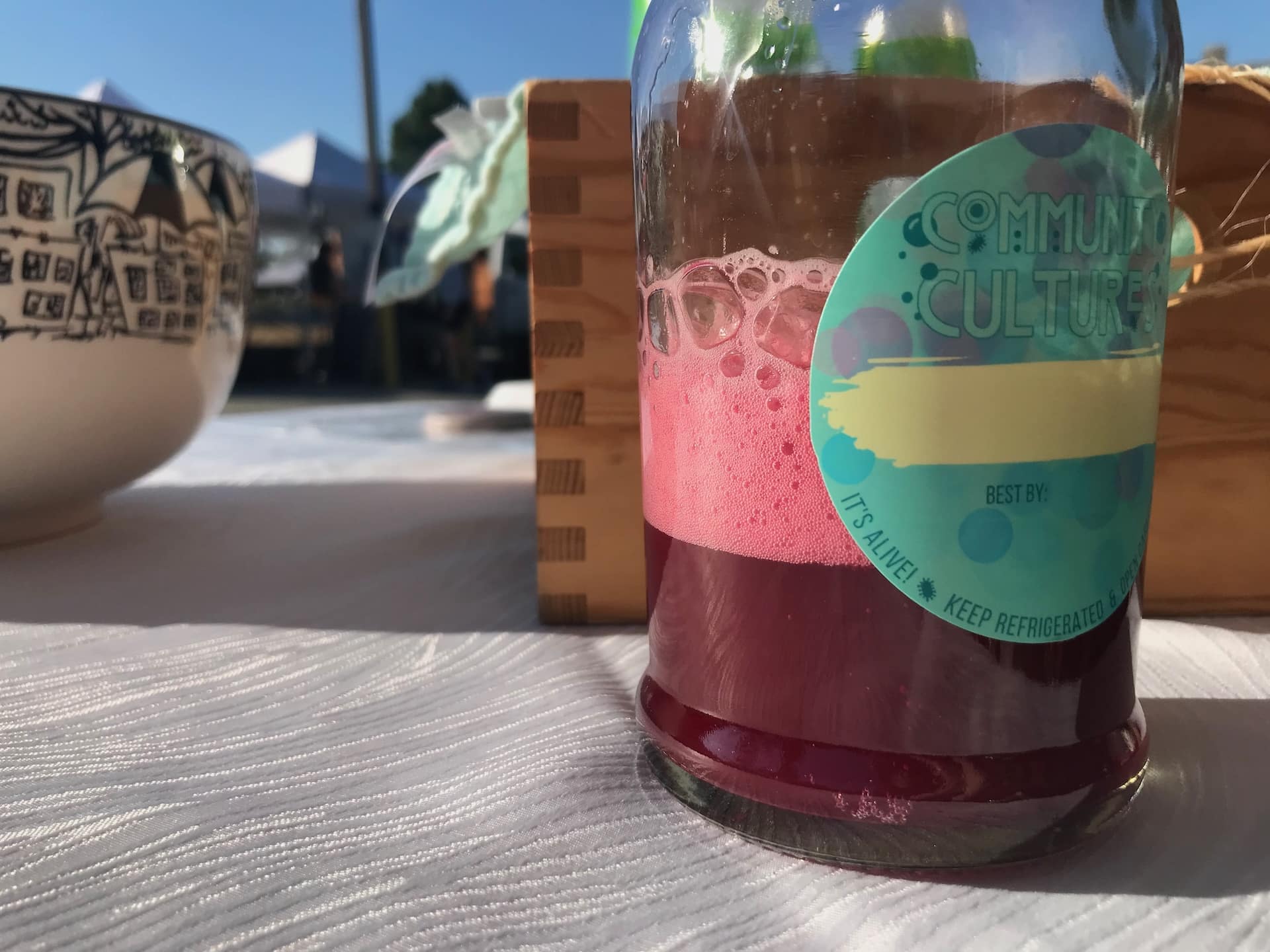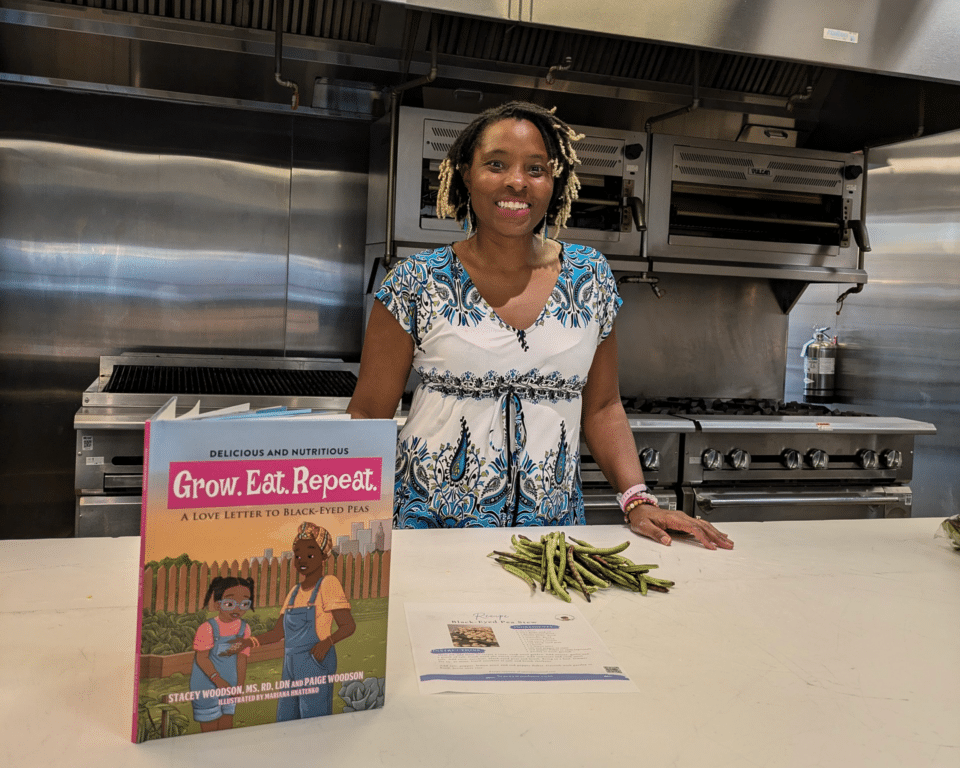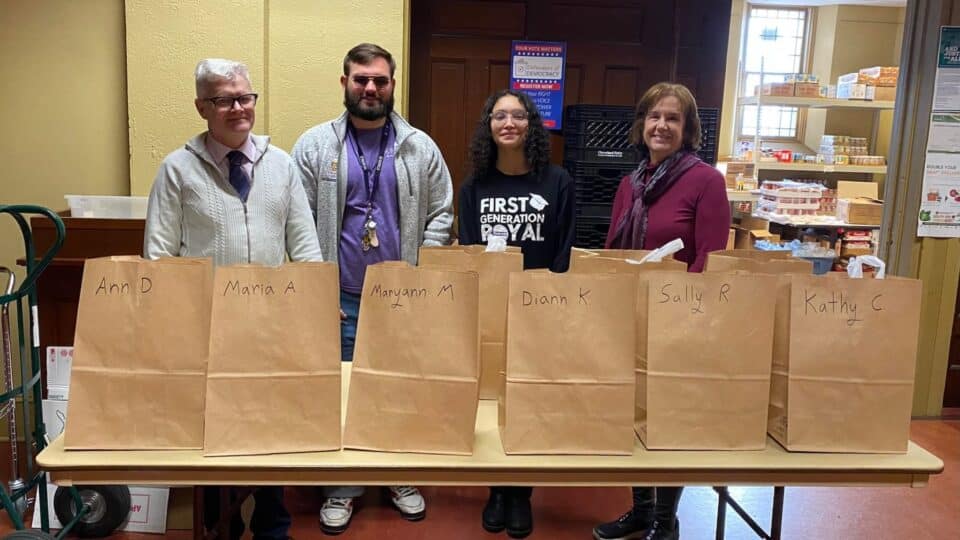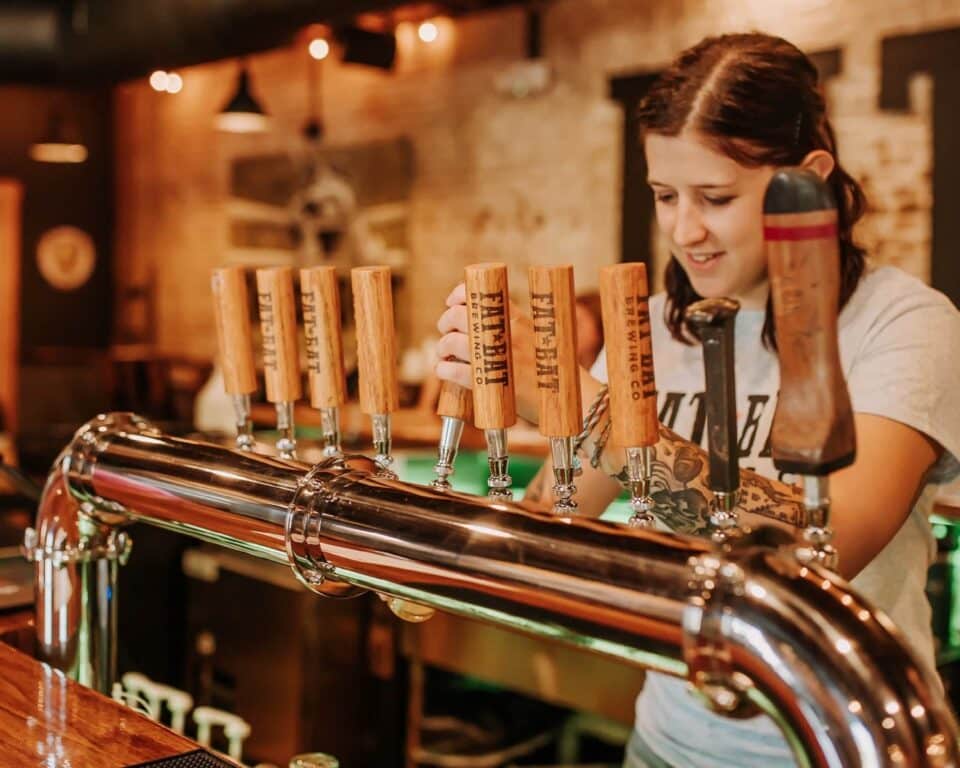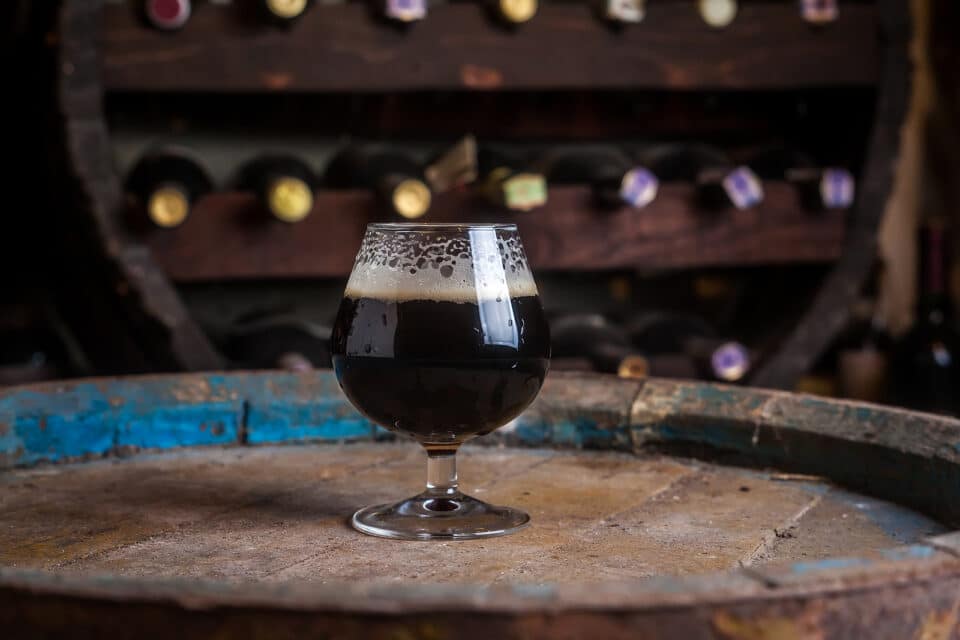At Community Cultures in Pittsburgh, Trevor Ring teaches people how to make magic. His fermentation classes are scientifically based, of course, but a bit miraculous, nonetheless. Fermentation, the ancient culinary practice of harnessing microorganisms to transform food substances into effervescent food or drink, is both awe-inspiring and surprisingly simple.
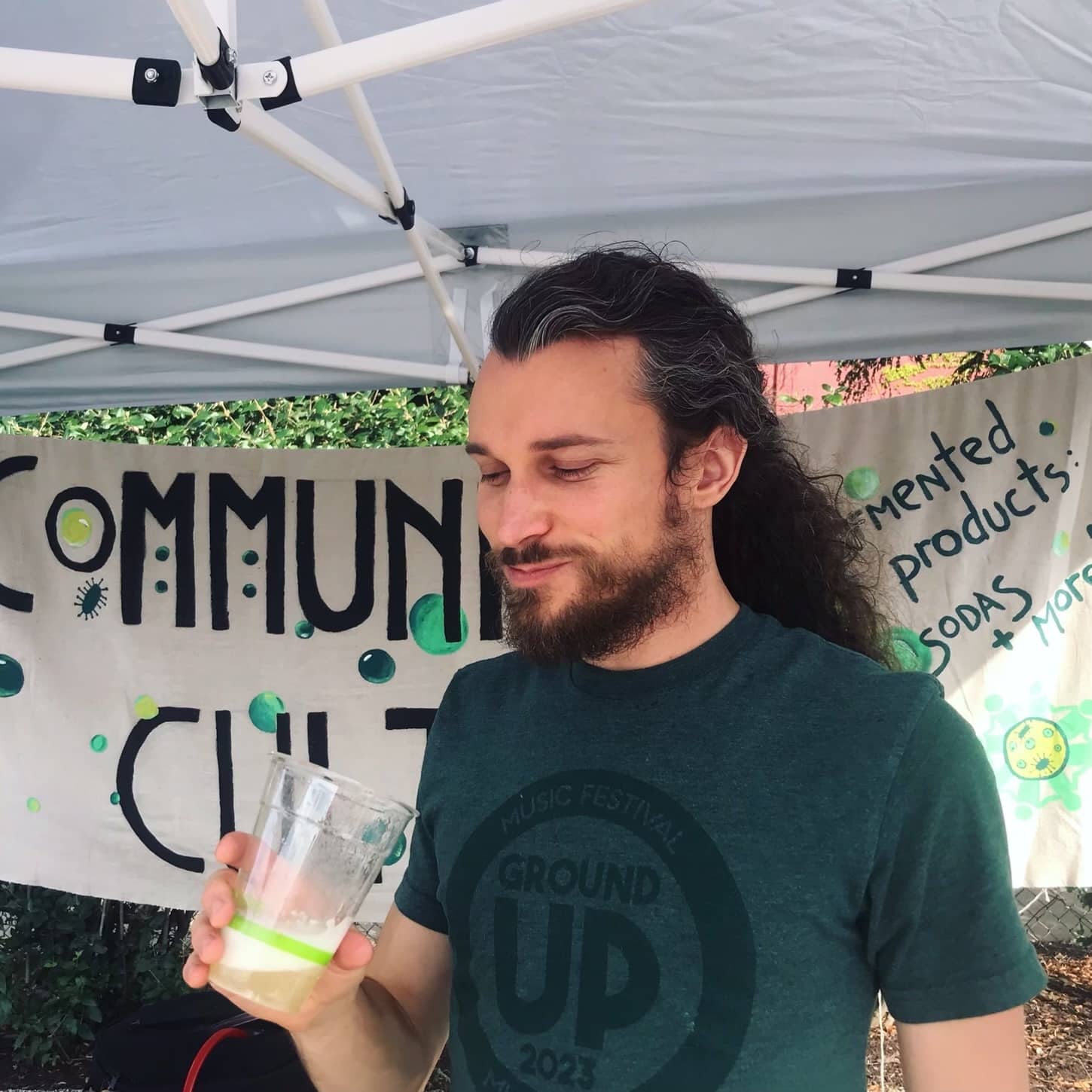
Trevor Ring
We spoke with Ring about some entry-level fermentation tips and techniques to try at home, including ingredients and how-to steps. He also dispels some common myths around fermentation and shares what’s on the horizon for Community Cultures.
PA Eats: What do you find special about fermentation?
Trevor Ring: I’ve been fermenting and teaching workshops for over a decade, and it wasn’t until maybe five years ago that I thought more about my ancestry and how my great-grandparents were preserving food. I was lucky enough to talk to my grandmother about it before she died. Her mother from Czechoslovakia was making sauerkraut and lacto-fermented cucumbers. It got them through the Depression. My grandmother knew she was fermenting, but she never learned that path. She was at the beginning of the next generation that had access to cheap, canned food and sauerkraut preserved with vinegar. It didn’t get passed to my mom either. She hates sauerkraut. But with preserving and fermenting, there’s a sense of resiliency and people using it to get through difficult times, historically.
My mom’s side of the family grew up in Pennsylvania and I grew up in Pittsburgh. I recognized the Eastern European roots in Pennsylvania, and that’s being lost. There are connections to sauerkraut, pierogies, German food, Slovakian food, but people don’t know how to make it. Fermentation can be one way to reconnect with our roots, and fall is the perfect time to use what farmers markets have and what you’re growing in your backyard.
What would you suggest for first-timers looking to ferment fruits or vegetables?
I was just processing pawpaws for soda. They’re very tedious to process and have such a unique flavor. Pawpaw is an under-utilized, under-appreciated and foreign fruit to many people, yet it’s native to Pennsylvania, in this region and generally across Appalachia. But you can use any fruit to make wild soda.
To make wild fruit soda:
- Take any fruit and put it into a sugar-water solution. In the fall, you can use any berries that are still around, pawpaws and apples or pears, either chopped up or juiced.
- Stir it up twice daily until it’s nice and bubbly. This can take two to five days. You’ll be able to hear the fizz of carbonation and see active bubbles that weren’t there on day one.
- Strain and pour it into a carbonation vessel for 2 – 4 hours.
- Enjoy! You’ll have a nice soda under .5% ABV, so technically a non-alcoholic beverage.
For vegetables, you can try lacto-fermentation:
- You can use smaller veggies or larger chunks of bigger vegetables.
- Put them in a salt brine and add garlic dill and other spices.
- Let it ferment for five days, at least. It can ferment for weeks or even months.
You could really do a garlic-dill-anything pickle, using the same spices you do with cucumbers on carrots, turnips, radishes, fermented beets and, really, all the root vegetables.
What supplies should people acquire?
All of this is pretty accessible. All you need are jars and, if you’re going in the wild soda direction, a carbonation vessel. For that, I suggest using plastic bottles, which you can keep recycling, or get special flip top bottles. For straining, a cheese cloth can be great or you can always use old rags or socks, as long as it’s clean. And then fridge space. Those are the main materials you need.
There are new gadgets you can buy for pushing the vegetables below the brine with lacto-fermenting, but I don’t think they’re necessary. You can use a bag of marbles or something heavy in a ziplock bag.
You can use anything in your house that’s food-grade or that’s not going to add unwanted toxins to your food.
What do you suggest for sweeteners?
I always enjoy using the local sweeteners we have. Honey, maple syrup and sorghum syrup is another type that’s regional.
When I think about flavoring my products, I think about what type of flavor I want to create and what I’m highlighting. I do use cane sugar, which is pretty cheap and great for highlighting other flavors. Like with pawpaw, if I add honey or maple syrup in there, it will have their flavor. Cane sugar is more neutral, so I can taste more of the pawpaw.
What are myths around fermenting you’d like to dispel?
In general, there’s this fear of bacteria. We’ve become disconnected to these preserving practices and a lot of time people don’t attempt them because we’ve been taught that bacteria is bad. Or, someone will make sauerkraut for the first time, and maybe they didn’t follow best practice and they see some growth and are worried about getting sick. It’s important to remember that our ancestors have been doing this for hundreds, thousands of years.
According to the government, there are more illnesses and deaths from raw vegetables than from fermented food. So, you’re more likely to get sick from romaine or sprouts from the grocery store than from fermented kraut or kimchi.
There’s a saying to remember: “If it’s under the brine, all is fine.” The vegetables are safe as long as they’re submerged because pathogens and things like botulism can’t survive in that environment. The end goal is a lot of acidity.
It’s a pretty accessible process. In a lot of workshops I find it’s helpful for people to have their hand held a bit at first, so in-person learning is great as well as YouTube. There’s a lot of unlearning to happen for people to fully embrace fermentation as a safe practice.
What do people seem to enjoy about fermenting?
It surprises people how easy it is. Once you learn these basic ratios and steps, all of a sudden you can pickle any vegetable and turn just about everything into wild soda.
It makes people think about the invisible world, too. More research is going into the microbiome and people are seeing that these can help them create optimal help. That appreciation and understanding of bacteria being good for them is building.
What exciting developments or directions do you see happening in the fermentation community?
There’s a product, koji, which is used in making miso and is found in a lot of Japanese fermented products. There’s a new appreciation for koji among chefs and adventurous home cooks. It can unlock a lot of umamani flavors. It’s more of an intermediate product, but once you learn the process, it’s pretty straight forward. I think that’s pushed the boundary a little bit both in restaurants and at home. Chefs are investing time and money into koji to unlock these flavor potentials.
Also, there is a lot more understanding about fermenting products. It’s not just a trend – it’s here to stay. But health departments don’t seem to be catching on to that. There’s a gap between the knowledge of producers and that of health inspectors. I’ve had to navigate a lot with inspectors and the health department to legally sell fermented products.
Like I mentioned, it’s more dangerous to eat raw vegetables than fermented ones, but I actually have to pay more money and go through more hoops to legally produce them. It really illustrates that there’s dated knowledge and there needs to be re-education among county health departments coming from many places like producers to the federal government to NGOs.
What’s your vision for the future of Community Cultures? What are you looking forward to?
I’m excited to continue making products. This was my first year doing a farmers market full time. I’m trying to find the sweet spot of doing small batch production that will often sell out and teaching on the side, so having a multi-revenue business where I don’t have to grow. I’d like to sell products to more people and expand a little, but if I’m trying to grow to get products into larger grocers, I lose the integrity of my product. I’m trying to find the fine line and I’m getting close.
I’m excited to have a seasonal business, use ingredients to make products through the spring and summer and, in the fall and winter, I’m doing workshops and education. People can learn all this knowledge during the rest period of winter and either use it to gear up for spring or for utilizing the recent harvest.
People can expect a lot more workshops from me and I’ll continue to have consistent product offerings, especially in the warmer months.
In February, i’ll do a six-week course through Stanford Continuing Studies on exploring the world of Asian ferments. That’s a virtual class that anyone can sign up for. It’ll be both lecture and demo/hands-on virtual instruction on things like koji, miso and tempeh as well as Chinese-style pickling.
Anything else to add?
Just that I strongly think that fermented vegetables, wild soda and kombucha are good gateways into the fermentation process!

Use these tips in conjunction with recipes you may find online or in print to make your foray into fermentation. You can find Community Cultures‘ fermented products on its website and, seasonally, at the Bloomfield Saturday Market in Pittsburgh. To take a class or workshop and learn more fermentation tips and tricks, or to just stay in the loop with Trevor Ring and Community Cultures, keep an eye on his upcoming events, Facebook and Instagram pages.
- Photos: Jess Canose
